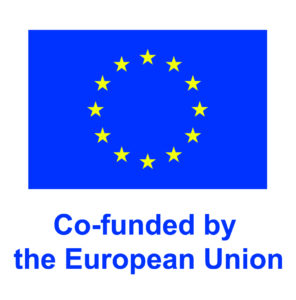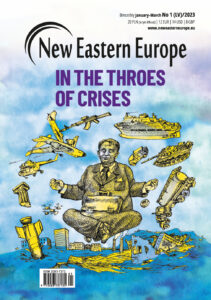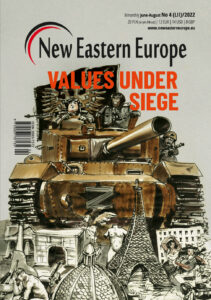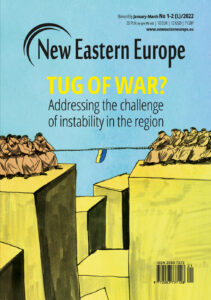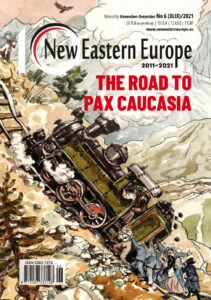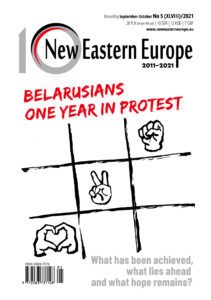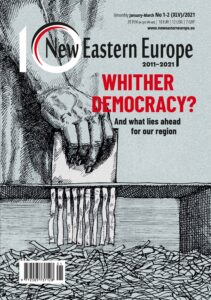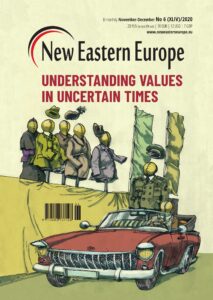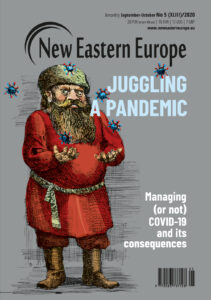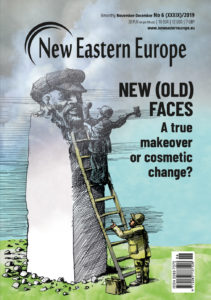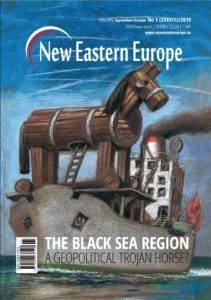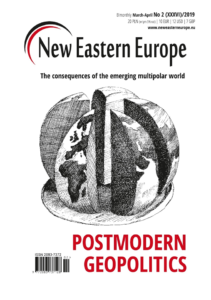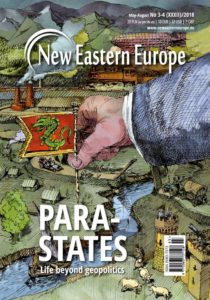Germany’s Weimar Republic: A narrative of ambiguity
On October 15th 1929, the Fritz Lang film Woman in the Moon premiered at the Ufa-Palast am Zoo in Berlin. The cinema’s façade had been redesigned for the event. Launched from a skyscraper silhouette, a spaceship replica shuttled back and forth to the moon against the backdrop of a starry sky simulated by hundreds of light bulbs. Offering tantalising visions of future technology – not quite unlike Bauhaus architecture with its twin promise of functionalist building and re-styled urban life, it conveyed the impression of epitomising a cosmopolitan republic that eagerly embraced modernity.
November 12, 2019 -
Rainer Eisfeld
-
History and MemoryIssue 6 2019Magazine

Gustav Stresemann in his speech before the General Assembly of the League of Nations in Geneva (CC) commons.wikimedia.org




